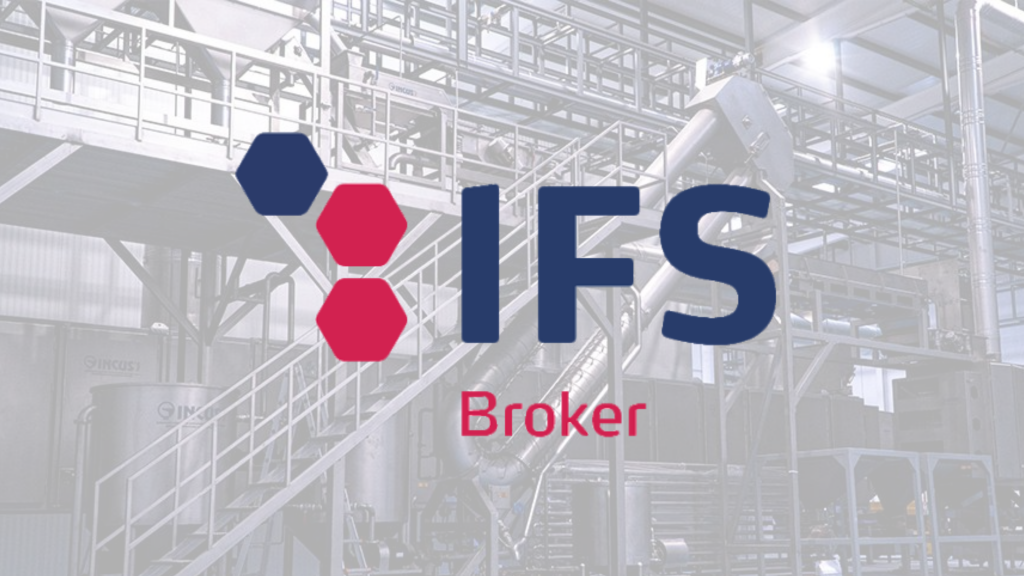
Introduction
In the agri-food sector, the supply chain is often complex and exposed to numerous risks: quality, safety, deadlines, regulations, etc. To better manage these risks, data is a major asset. Discover how to effectively identify and manage risks in your supply chain through intelligent data mining.
Data collected throughout the supply chain—supplier audits, laboratory analysis results, quality incidents, delivery histories—makes it possible to detect weak signals before they become crises. But it's important to know how to centralize, structure, and analyze this information.
The first step is to gather all relevant information (certifications, test results, incidents, regulatory documents) in a single database. This avoids silos and facilitates global visibility.
From the data, it is possible to create key indicators (KRIs – Key Risk Indicators) to assess the reliability, compliance and risks associated with each supplier. For example: frequency of non-conformities, delivery delays, audit results, etc.
A good compliance platform includes alert tools that signal as soon as an indicator exceeds a critical threshold (expired certificate, abnormal analysis results). This allows for rapid action to limit the impact.
Analyzing historical and real-time data helps anticipate future risks, optimize control plans, and prioritize actions. Customized dashboards facilitate decision-making.
Sharing certain data and indicators with your suppliers creates a climate of trust and encourages continuous improvement. Data becomes a shared management tool.
Conclusion
Leveraging data to identify and manage risks in the agri-food supply chain is no longer an option, but a necessity. With tailored tools like Tracklab, you gain visibility, responsiveness, and performance, while strengthening your compliance and product safety.
Charlotte Picard
Quality Engineer | Tracklab


